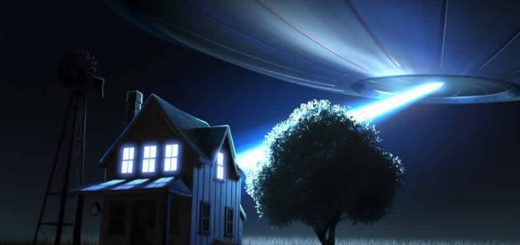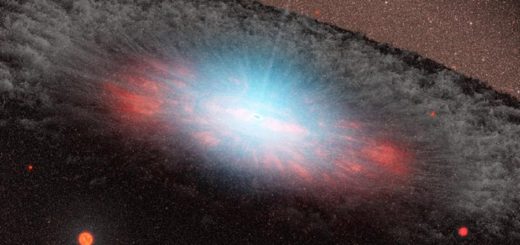China’s Space Station Is on a Crash Course With Earth

When China launched the Tiangong-1 (literally, the Heavenly Palace-1) space station module in 2011, it was with the understanding that the lab would one day be destroyed upon re-entering Earth’s atmosphere. But according to some experts, the process may end up being an uncontrolled mess.
The space module concluded its primary mission in 2013 and has been running in “sleep” mode ever since. In March 2016, the Chinese space program formally decommissioned the space lab and said it would lose speed over the course of several months before entering Earth’s atmosphere. At that point, most of the space station would burn up, with a few pieces falling to Earth, presumably in a safe location such as the Pacific Ocean.
But according to satellite tracker Thomas Dorman, that might be out of the space agency’s hands. In June 2016, Dorman told Space.com that his observations of Tiangong-1 indicated the Chinese space program had lost control of the facility. That means we have no way of knowing when or where the station will begin re-entry.
This shouldn’t be a cause for a panic — the pieces most likely to survive re-entry are denser ones like the rocket engines, which could withstand the intense forces the module will encounter during descent. The engines aren’t so large as to pose a threat to entire regions. That being said, they’re big enough and will be traveling fast enough to tear through the roof of a house or crush a car, for example.
The odds of that happening are very low. The vast majority of Earth’s surface is covered with water and unpopulated by humans The chances of a piece from Tiangong-1 hitting a populated area are pretty slim. But there’s still a chance.
This isn’t the first time a man-made satellite has caused a headache. In 1979, America’s first manned space station, Skylab, ended its service by falling back to Earth. This posed something of a problem — NASA hadn’t designed a system to allow for a controlled descent. The space agency had dedicated nearly all its resources to getting the space station into orbit rather than worrying about how to get it out again.
As Skylab’s demise approached, people threw parties, marketed novelty insurance plans and held ridiculous contests related to the space station. When the space station deorbited, most of it ended up in the ocean, but several pieces fell in Western Australia. No one was injured as a result. One Australian park official issued a ticket to the NASA for $400. The charge? Littering.
Contrast that with the deorbiting of the Russian space station Mir. In 2001, the 15-year-old station broke apart in re-entry and fell into the South Pacific Ocean as planned. The space station’s rocket engines fired at a specific time, applying the brakes to Mir’s orbit. The facility’s journey ended just the way Russian engineers intended it to.
Chinese representatives haven’t outright admitted that they no longer have control of Tiangong-1. It’s possible that a controlled descent may still happen. But several experts in satellite tracking think that’s unlikely. The module should start its fall in 2017. So keep your eyes on the skies!



 Creators of mankind
Creators of mankind Description of “Tall white aliens”
Description of “Tall white aliens” Where they came from?
Where they came from? About hostile civilizations
About hostile civilizations The war for the Earth
The war for the Earth “Tall white aliens” about eternal life
“Tall white aliens” about eternal life Video: “Nordic aliens”
Video: “Nordic aliens” Aliens
Aliens Alien encounters
Alien encounters The aliens base
The aliens base UFO
UFO Technology UFO
Technology UFO Underground civilization
Underground civilization Ancient alien artifacts
Ancient alien artifacts Military and UFO
Military and UFO Mysteries and hypotheses
Mysteries and hypotheses Scientific facts
Scientific facts


















